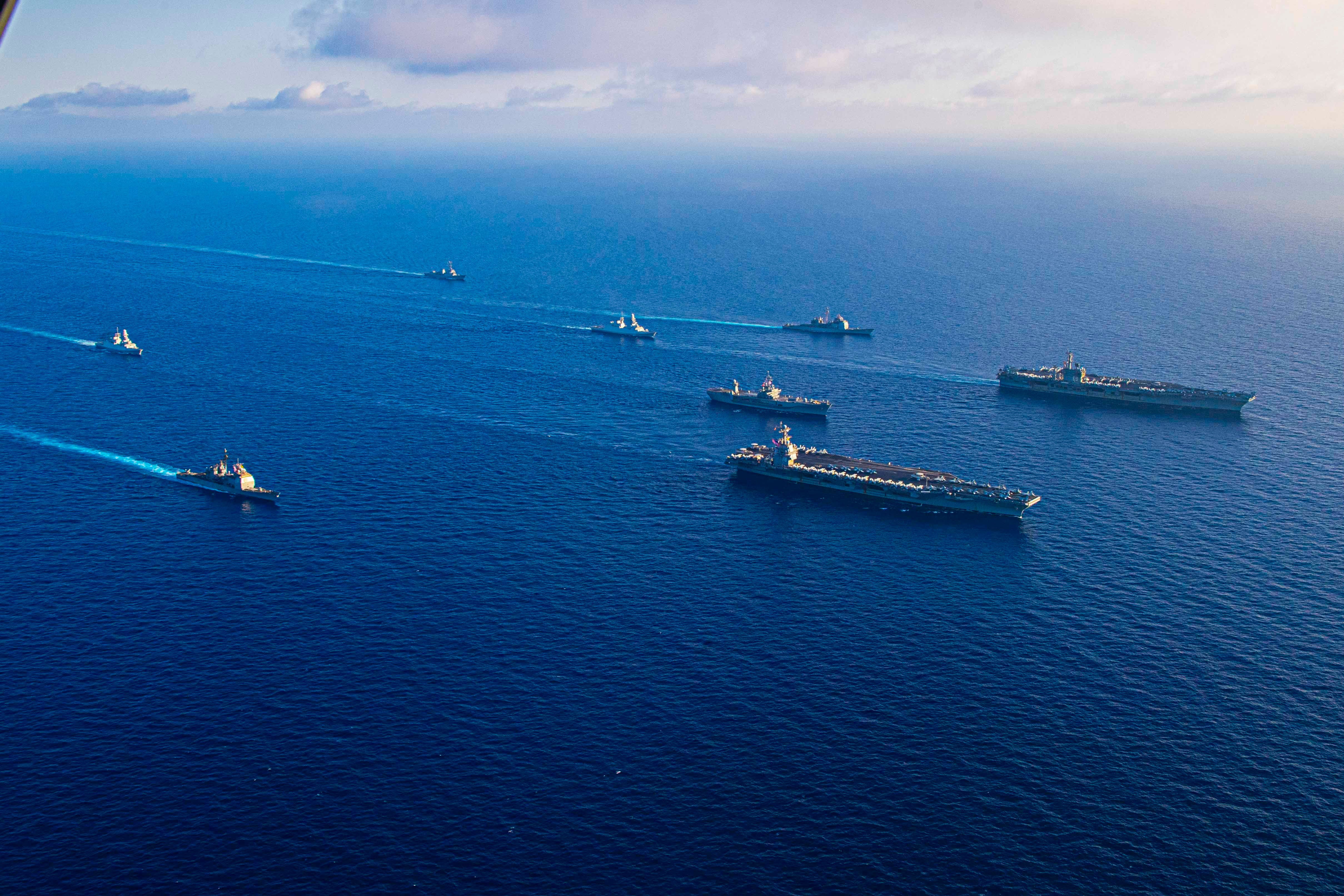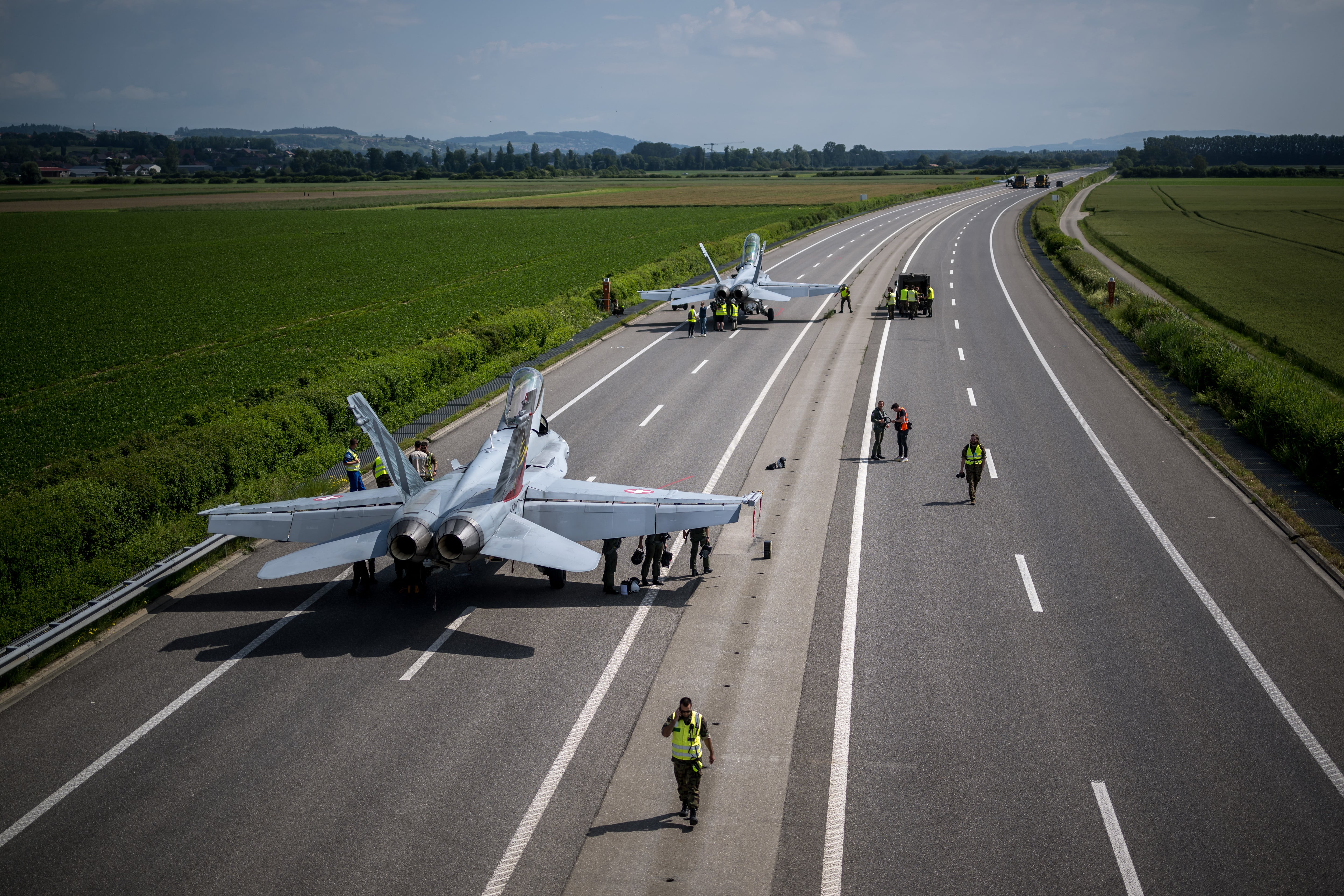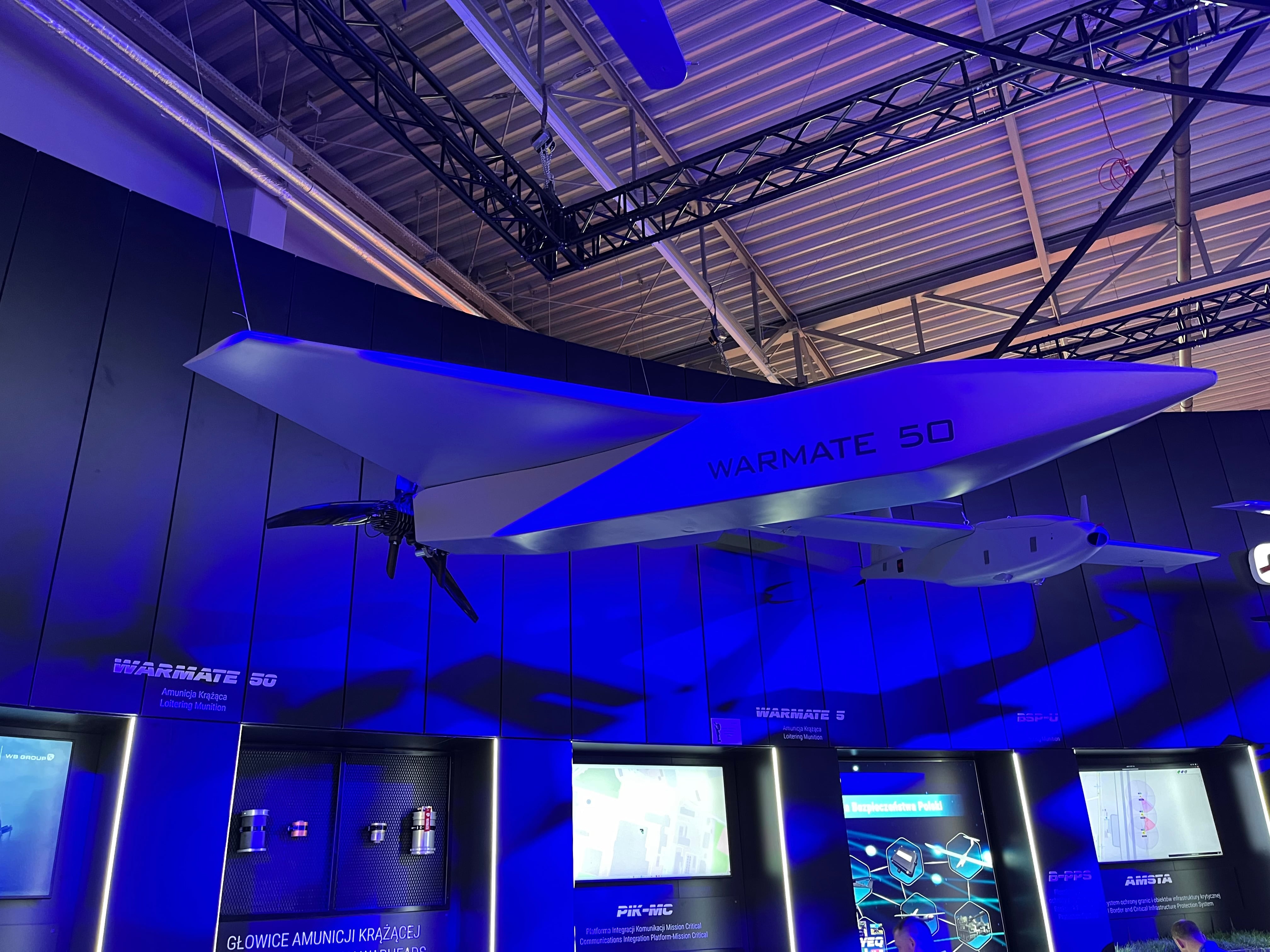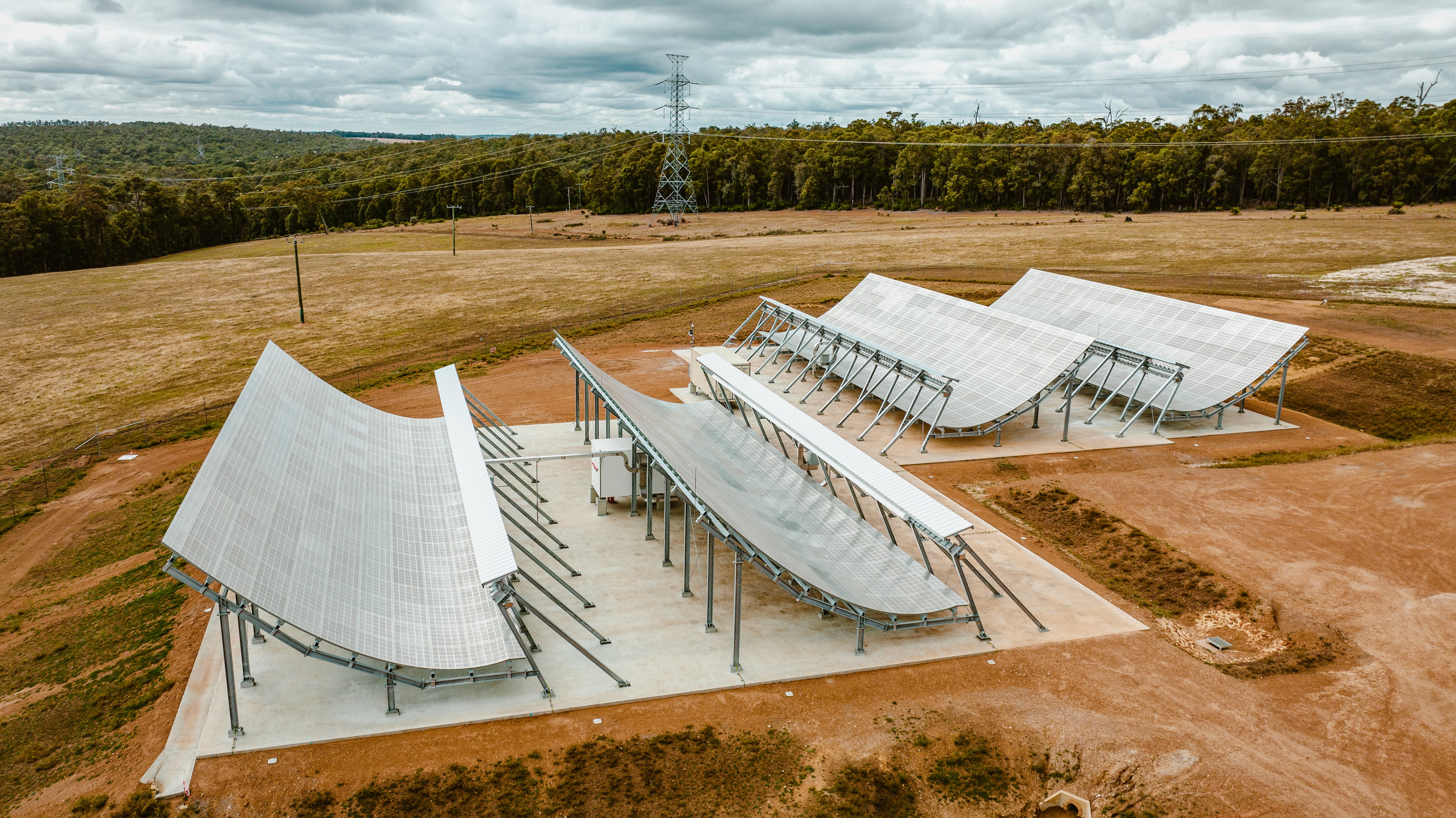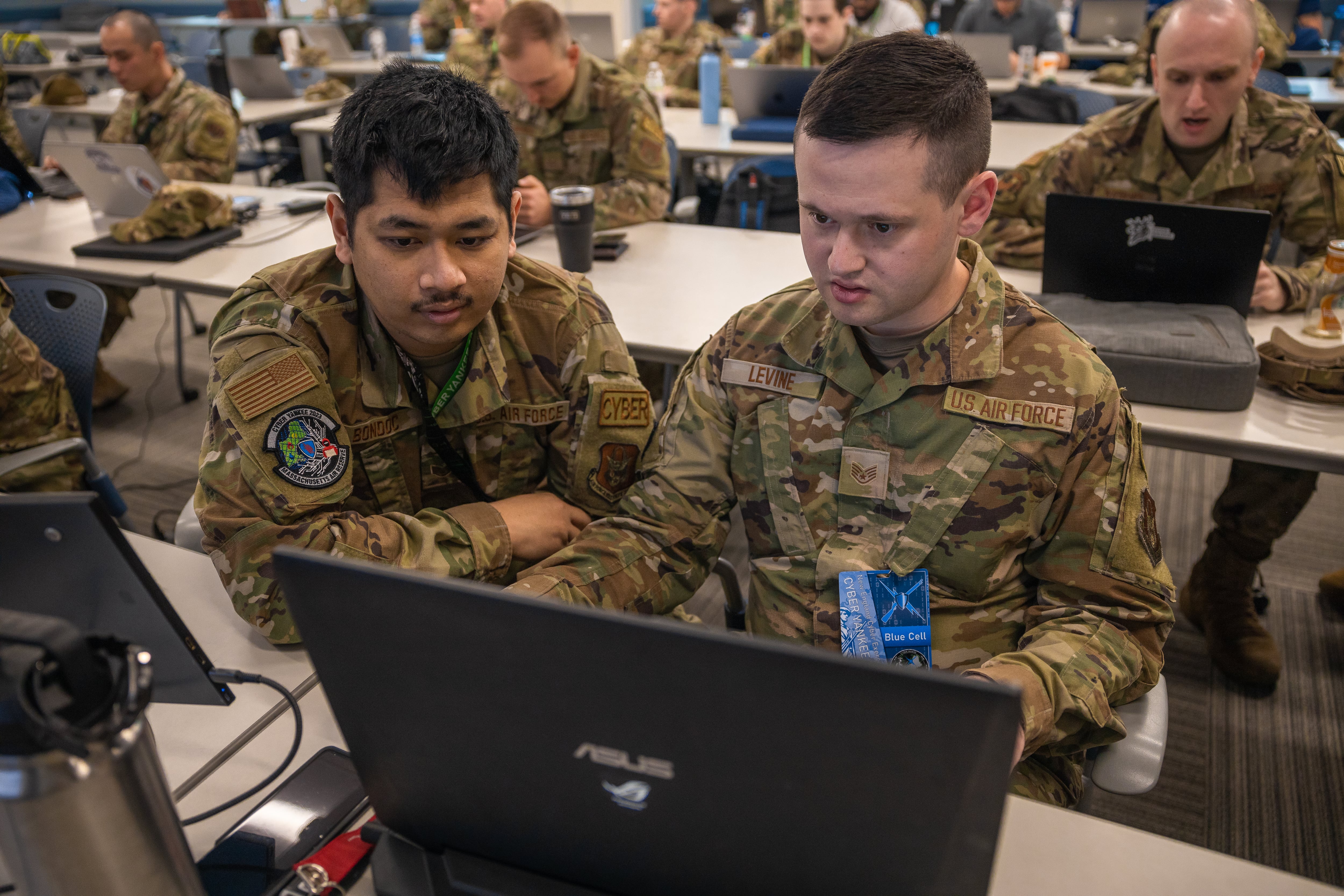While technology is said not to be at the core of the so-called third offset strategy, it is of course a major component.
Deputy Defense Bob Work, who has spearheaded the third offset, and others have previously indicated that adversaries understand how important and integral U.S. networks are to operations, and thus have made them a prime target.
Along these similar lines, the chief technology officer at Space and Naval Warfare Systems Command (SPAWAR) desires solutions to provide greater insight and understanding into networks. Stephen Russell explained he and his colleagues are working on having a better understanding of network security posture; understanding networks; who's on the networks; and how are they are operating on the networks.
Speaking on Wednesday at the C5ISR Summit hosted by the Charleston Defense Contractors Association, Russell said it's important to make sure the force is resilient in the face of cyberattacks — a critical factor, as the force must be able to operate through cyberattacks.
SPAWAR is also working on cyber forensics capabilities to assign attribution. "Ultimately, [the Defense Department] has authorities for defensive and offensive capabilities, and we have to be able to scale some of our response appropriately," he said. "We have to be able to determine who is responsible for an attack and this will help get at that problem."
Russell also hit on the unmanned portfolio, which will also play an outsized role within the third offset. SPAWAR is heavily involved in advancing, developing and testing autonomy algorithms, he noted, adding that they are working on cross-domain solutions.
"Our role in the autonomy world and unmanned systems is developing some of the payloads and testing out some of those capabilities," he said. "What SPAWAR does is not platform development, but intelligence that goes onto the platforms."
Providing the example of the Anti-Submarine Warfare Continuous Trail Unmanned Vessel (ACTUV) — now called the Sea Hunter, which is transitioning from DARPA to the Office of Naval Research — as well as the Large Displacement Unmanned Underwater Vehicle (LDUUV) as platforms SPAWAR is working to integrate into the force, Russell offered some greater detail about the payloads they are developing.
"With the ACTUV, or Sea Hunter unmanned surface vehicle, the key mission of that was anti-submarine warfare — so payloads to support that. Some of the LDUUV missions are still being developed and some of the missions are classified, so I won't talk about those. But some of the unmanned systems that we actually use measuring connectivity, depth and temperature, measuring solidity, understanding the environment of the undersea domain, and that actually feeds into a lot of our environmental models," he told C4ISRNET following his panel discussion. "Actually mapping that. Using the unmanned systems, in many cases gliders that don't use a lot of power that can float through the temperature domains and everything in the ocean environment and feed that data back that goes into our … models."
Adversaries have invested heavily in matching U.S. capabilities.
"Our potential competitors have reached parity with us in what we would determine battle networks — theaterwide battle networks — all it is is a sensor grid that looks at what is happening in theater, man-control networks, intelligence grids that try to make sense of what's happening and determining what effects they'd like to achieve certain goals; then there is the effects grid to make those effects happen; and then there is a logistics and support grid that keeps the whole thing running," Work said at an October conference.
"Russia and China now have battle networks — theaterwide battle networks — that are approaching parity with us. So to strengthen conventional deterrence, we want to make sure we can extend our advantage in that particular area," Work said of one of the drivers behind the third offset.
"One of the advantages the Unites States has and continues to have is our sensor grid is far superior than our adversaries’. When you look at the range of the things we can do … it’s very robust," Albert Thomas, director of naval programs at TrustComm, said during Wednesday's panel with Russell. "What we don’t have is a distribution architecture, which would allow [the] war fighter at the tactical edge to be connected to that information in a timely manner. But all the pieces to build that do exist."
One of the other aspects of the third offset strategy, often overlooked, is integration with coalition partners. Disproportional upgrades and integration of new solutions into operating concepts asymmetric to its allies will, in fact, hinder future operations, not necessarily offset adversarial advances.
"In my new job, I see various interest from our NATO partners and how they play into the third offset and the challenges in doing so because they don’t want to fall behind," said Thomas Killion, who, among other roles, serves as chairman of the NATO Science and Technology Board.
"We know we’re going to deploy with joint and multinational partners, and we need to train with those partners," Maj. Gen. Terry McKenrick told C4ISRNET in an October interview. McKendrick oversaw the most recent Army Warfighting Assessment in Fort Bliss, which focused on training for joint and multinational partners, improving interoperability with them, and continuing the assessment of concepts and capabilities for future-forced development for the Army.
McKenrick noted that with smaller systems such as intelligence network systems and software-intensive technologies at the core of the third offset's tech list, there are greater opportunities for smaller entities, such as smaller countries, smaller universities and smaller companies, to contribute. These smaller organizations can play a role in the overall architecture of the system and also specific algorithms and component technologies.
The challenge for the alliance, he said, is how to maintain the necessary interoperability and integrity of the systems to continue to operate as a coalition force. That’s going to depend heavily on the types of standards and guidelines being developed by SPAWAR and by others who are in the architecture business and working with commercial industry on standards to ensure interoperability going forward, he added. That is a key technology area for the U.S. and coalition community, he said, in terms of looking at how they invest to make sure interoperability is maintained for the coalition forces.
Mark Pomerleau is a reporter for C4ISRNET, covering information warfare and cyberspace.

